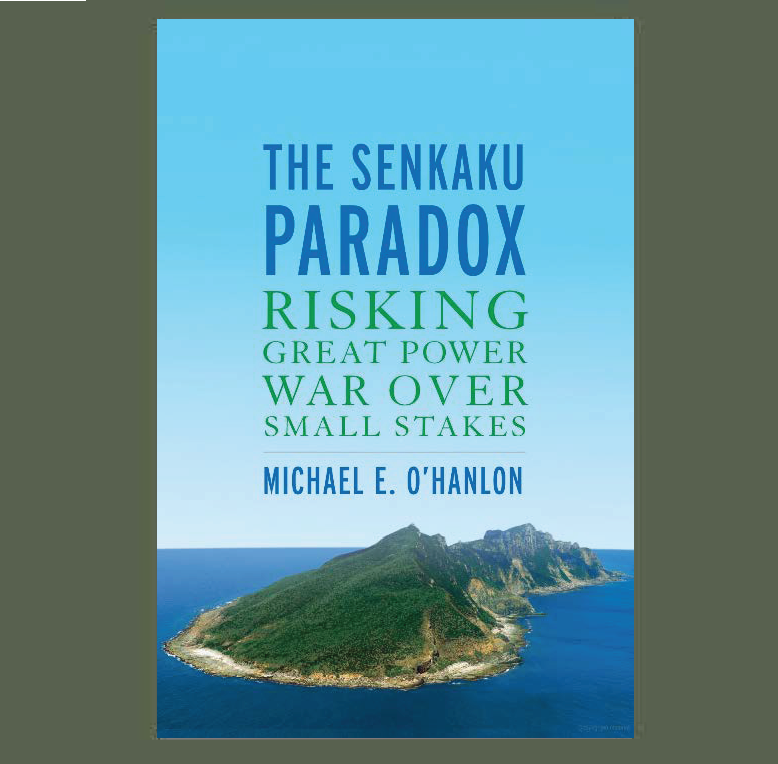By Capt Olivia A. Garard
I think the herculean effort by Max
Brooks et al. in Strategy Strikes Back
to decompose the Star Wars universe
tactically, operationally, and strategically is a unique and commendable
application of current concepts to a fictional universe. Filtering how we think
about war and conflict within a robust, yet imaginary, universe allows us to
see the same thing but through a different perspective. It’s as Emily Dickinson
wrote, “Tell all the truth but
tell it slant.”
Fiction gives us just such an avenue to study truthfully, yet canted and
morphed by the logic of an alternate world. Like a good tactical decision game
(TDG) it probes the intellect beyond which one might think is possible or
probable, exposing creativity and training coup
d’œils.
For instance, BJ Armstrong’s “The Right
Fleet: Starships for Strategic Purpose” considers how force design and
architecture determines, to some extent, the kinds of operations on which a
force, like the Imperial fleet, can embark. The adage, if all you have is a hammer everything you see is a nail, is an
extreme instantiation of just this principle. Armstrong notes that most
involved with force design focus on answering the question, “what type of force
is needed to seize the initiative and dominate the enemy.”[1]
This is mission focused, as it should be. However, Armstrong balances that
question with another, what are the implications of “operations and
responsibilities in peace” for force design and architecture.[2]
The nuance is critical to grasp. As we
expect and seek to operate in the gray zone – or below the level of armed
conflict, or whatever buzzword we’re currently using to describe skirmishes and
shuffling that is not open, conventional (and/or nuclear) conflict between
great powers – options are different from what they would be in easily
identifiable and definable war. The Imperial fleet, according to Armstrong,
failed to appreciate just this nuance. The Imperial fleet didn’t understand its
responsibilities in peace – “[its] constabulary duties” – and, consequently, “created
an improper architecture [that] resulted in vital gaps in capability.”[3]
It is important to note that responsibilities in peace is a factor of
particular naval character, à la Mahan. Naval operations uniquely scale from
tactical to political (and diplomatic and economic). Recently,
counter-insurgency has brought this scaling to fore for land operations, but
its history is distinctly naval.
As the Marine Corps interrogates itself
and its purpose again, it is worth remembering these two questions: what is the
force design and architecture that is needed to defeat the enemy and how does
that correspond to actions and responsibilities in peace? Though these
questions may seem mutually exclusive, they need not be.[4]
In another recent work by Armstrong, Small
Boast and Daring Men: Maritime Raiding, Irregular Warfare, and the Early
American Navy (which I highly recommend all Marines read) Armstrong
underscores the challenge faced creating the force design that was necessary to
embark upon guerre de razzia, a third
form of naval war beyond guerre de course
and guerre d’escadre.[5]
He writes:
When navies create
fleets based on their aspirational pursuit of glorious and decisive blue-water
engagements, small ships fall aside as financial limitations make them appear
superfluous. This combined with the political debates over the size, funding, and
roles of the U.S. Navy and Marine Corps during the era [the Age of the Sail]
resulted in a lack of formal procurement policy that would support the small
vessels needed for irregular success.[6]
What Armstrong highlights here, and what
he noted with the Imperial fleet, is how conceptual gaps correspond to actual
gaps. A full understanding of the kinds of wars on which are to embark, to
paraphrase Clausewitz, balanced by responsibilities in times of peace, is
crucial to ensure that the organizational structure is actually established to
support. It resonates, too, as the Marine Corps reflects on what its own right force design should be
given guidance from the National Defense
Strategy and the reorientation towards great power conflict.
Armstrong’s article was insightful and
clever as were the other chapters within Strategy
Strikes Back. And like the debates over the proper
order
to watch the Star Wars series, given
that each chapter is standalone, one can start in the middle before reading the
beginning, or pick and choose as one pleases.
[1] BJ Armstrong, “The
Right Fleet: Starships for Strategic Purpose,” Strategy Strikes Back: How Star Wars Explains Modern Military Conflict,
ed. Max Brooks, John Amble, ML Cavanaugh, and Jaym Gates, (Potomac Books of the
University of Nebraska Press: 2018), 81.
[2] Ibid., 82.
[3] Ibid., 86.
[4] See, LtCol Scott
Cuomo, Capt Olivia Garard, Maj Jeff Cummings, and LtCol Noah Spataro, “Not Yet
Openly at War, But Still Mostly as Peace: Exploit the opportunity to become the
21st century force that our Nation needs,” Marine Corps Gazette, February 2019, Web Edition.
[5] BJ Armstrong, Small Boats and Daring Men: Maritime
Raiding, Irregular Warfare, and the Early American Navy, (Norman,
University of Oklahoma Press: 2019), 13.
[6] Ibid., 194.



